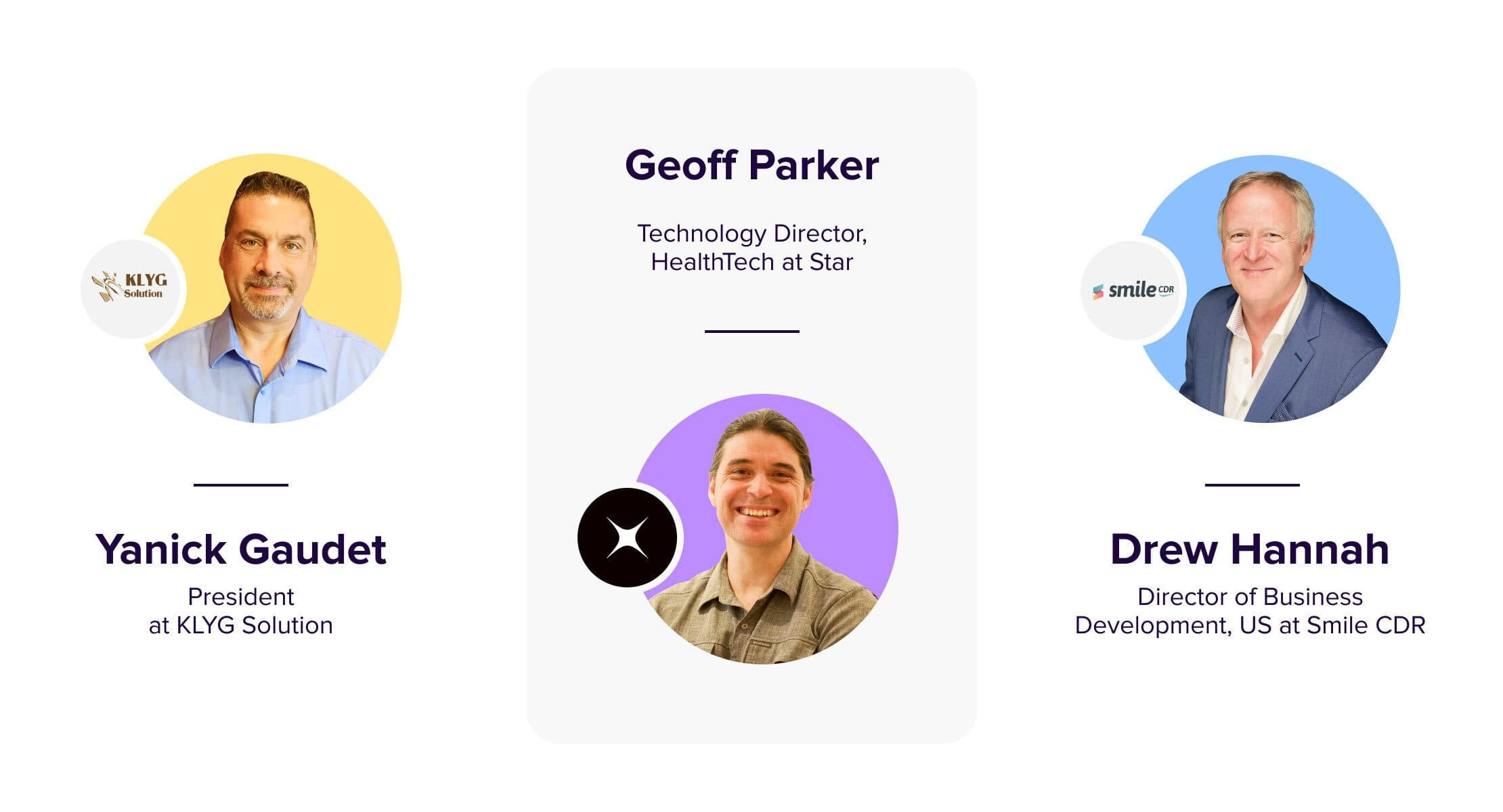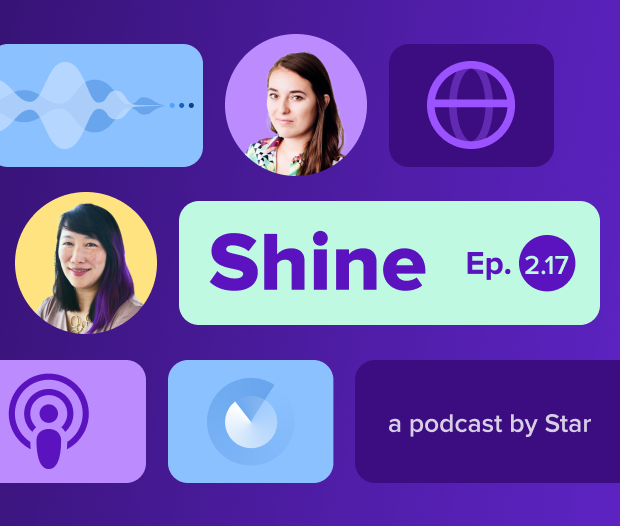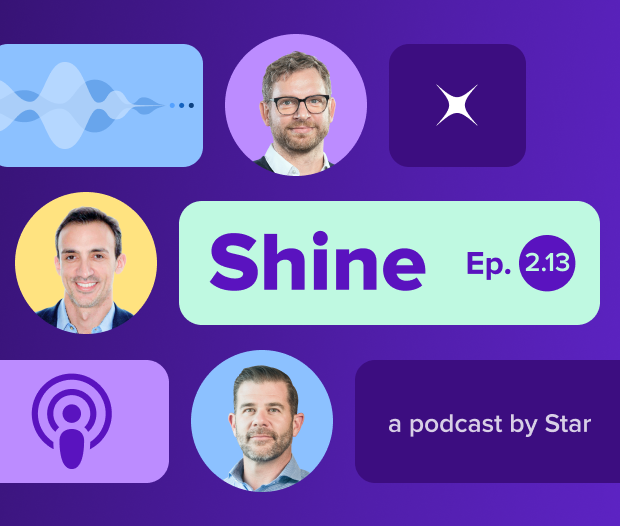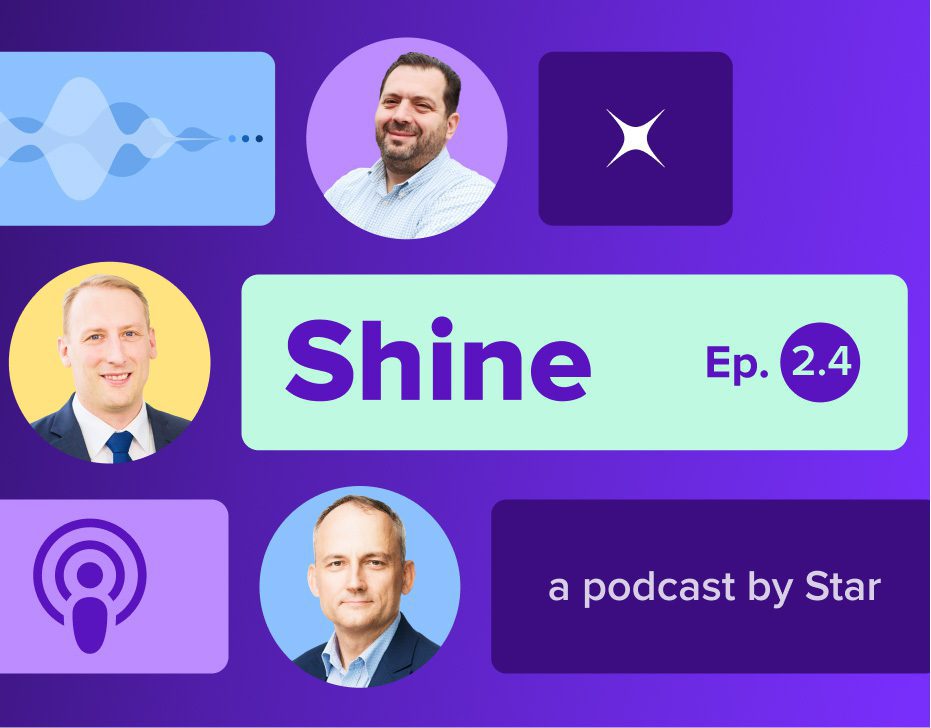
In 2016, a seismic shift occurred in the world of healthcare – the enactment of the 21st Century Cures Act. For the first time in history, this legislation turned the tide so that, ultimately, patients will have access to more information than their clinicians.
In the newest episode of Shine podcast, our host Tom Hunt goes in-depth with Geoffrey Parker, Technology Director of HealthTech at Star, Yanick Gaudet, President of KLYG Solution, and Drew Hannah, Director of Business Development at Smile CDR, to walk us through the true impact of these bold and pioneering healthcare regulations.
Want to join the discussion? Hear directly from these industry experts now by listening to the full episode.
Quick glance at the 21st Century Cures Act
To understand the short- and long-term effects on the healthcare industry, it’s important first to know what the Cures Act does. Here’s what the panel had to say:
- Streamlined medical services. From patients to healthcare businesses, this legislation is meant to modernize our access to healthcare. As Geoffrey explains, the Cures Act is “primarily around accelerating medical products, drugs, devices, innovation, and optimizing the process of bringing them to market.”
- Setting healthcare data on FHIR. For years, healthcare records have been trapped within individual institutions, accessible only to local doctors or specialists. This often resulted in siloed data infrastructure, with organizations unable or unwilling to grant access to patients’ electronic health information. But with the Cures Act, information blocking is now prohibited and interoperability mandates are required. The result? Developments like HL7, an international standards development organization, and their Fast Healthcare Interoperability Resources, or FHIR, are standardizing healthcare data globally. Together with easy-to-use apps, these technologies make healthcare data easy to access and understand, secure and automatically updated for both clinicians and consumers.
- From volume to value. Drew, whose company maintains the most-used open source FHIR platform in the world, notes that this legislation aims to “fundamentally change the U.S. health system by (1) lowering costs and (2) improving outcomes.” This new medical product development model, therefore, is pushing to create better historical longitudinal records that benefits players and payers throughout the ecosystem.
Subscribe on Apple Podcast | Subscribe on Spotify
Are all healthcare stakeholders ready?
Like it or not, the Cures Act is bringing sweeping and immediate changes to the healthcare industry for which we should all be prepared. But some stakeholders will benefit more than others. Consider these angles:
- Physicians and healthcare organizations: While it’s still early days, some stakeholders, from individual providers to healthcare businesses, might not be as excited about the sudden changes. Yanick reminds us of a recent study that found that physicians and organizations are concerned “because, first, they can lose patients since they have access to their data and can go elsewhere and, second, what kind of data will patients provide using this new technology?”
- The No Surprises Act: Recently passed and set to take effect for all healthcare providers and facilities in January 2022, this law is meant to prevent surprise billing. “What it really does,” Drew explains, “is open up a whole can for everyone to see everybody else’s prices across provider networks and across what the payers pay, and believe me there’s pushback on that.”
- IT administrators: In addition to the No Surprises Act, there are a number of other critical mandates that must be adhered to by January 2022, including the Payer to Payer Data Exchange and Price Transparency Mandate. Whether at health insurance providers or other organizations, IT personnel have to make integrating these mandates a priority since, as Geoffrey notes, “the penalties are significant,” with some at $1 million per violation.
- Privacy concerns: As always, with big data, there are concerns with people eventually being targeted by companies or advertisers based on their health history. “I don’t think that the question is if, the question is more when,” says Yanick. Moreover, there’s a fear that things like the Patient Access API will end up creating a large amount of personal health records and, possibly, can end up elsewhere on the dark web. Protecting data, therefore, should also be a priority in the years to come.
In other words, no one is exactly sure yet how the Cures Act will transform the global healthcare landscape. But one thing is for sure: it’s a huge win for patient data access.
This novel ability for patients to have real-time digital access to their full and standardized health records will allow for more effective treatments, particularly those with chronic ailments. Geoffrey believes this is “a great opportunity for a lot of the new applications out there in the marketplace to present this information to consumers so that they’re starting to look at their data.”
A new era of active treatment and innovation
A paradigm shift is underway where patients are no longer bystanders that just receive treatment, but are actively taking part in their treatment via technology solutions. We’re already starting to see:
- A transition from institutions holding our healthcare record towards an environment where patients are in control of and managing their patient record.
- All-new opportunities for innovation from third-party developers, building apps for both patients and clinicians, with all this cutting-edge technology funneled down to the patients.
More than anything, these will make the world of healthcare better focused on each patient. But how will clinicians embrace and leverage this new source of information? Find out all the essential industry insights today by listening to the podcast.










